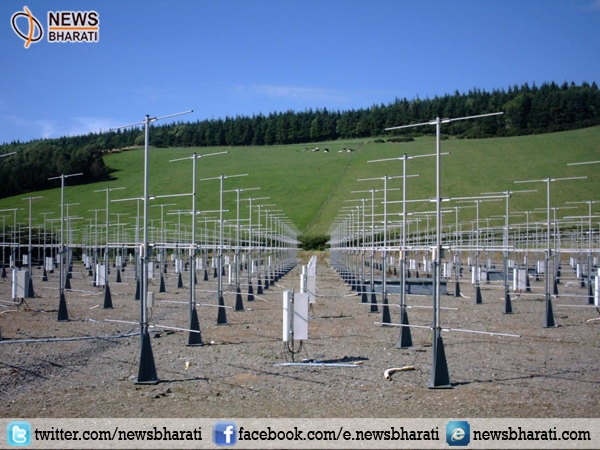North East’s 1st Atmospheric Radar Centre to gauge earthquakes, thunderstorms, global warming impact
Guwahati, January 29: North East will become the hub of atmospheric radar centre as Guwahati is developing Stratospheric-Tropospheric Radar Centre which will help to gauge the climatic conditions like earthquakes and especially the global warming levels. This Radar will begin its operation from February end.

At the cost of Rs 30 Crores, Guwahati University with the help of the Radar Centre will provide information on the impact of global warming.
Union Ministry of Electronics and Information Technology, Mumbai-based Union government-run Society for Applied Microwave Electronics Engineering and Research, Assam government and the Guwahati University authorities are supporting this first system of its kind in the entire northeastern region.
This Radar Centre concept was coined by Prof Minakshi Devi. The centre will monitor high-resolution wind data from the earth surface to 30 km above it with point one (0.1) metre per second wind resolution. The centre will provide vertical and horizontal wind shears, which will be very good indicators of the development of thunderstorm of different types.
It will further make possible thunderstorm and thunderstorm precursor modelling and help in earthquake prediction over this seismically active zone of India. Depending on the magnitude of the earthquakes, it will be able to provide precursors of the earthquake in the areas falling between Myanmar and Nepal and may collect such precursors even from the places located in China and Japan, said Prof Minakshi Devi.
Monsoon prediction may also be possible in the Northeast with the help of the system being developed in the form of this centre, along with the required model.
With its 576 active antennae apertures, covering an area of 100 square metres, coupled with equal number of trans-receiving modules, it will be able to obtain the above information. Its antennae area is protected by an electromagnetic shield.
Its antennae radiation pattern is electronically steerable to collect the exact wind information at different directions. The facilities of the radar centre will be open for all research activities, said Prof Devi.